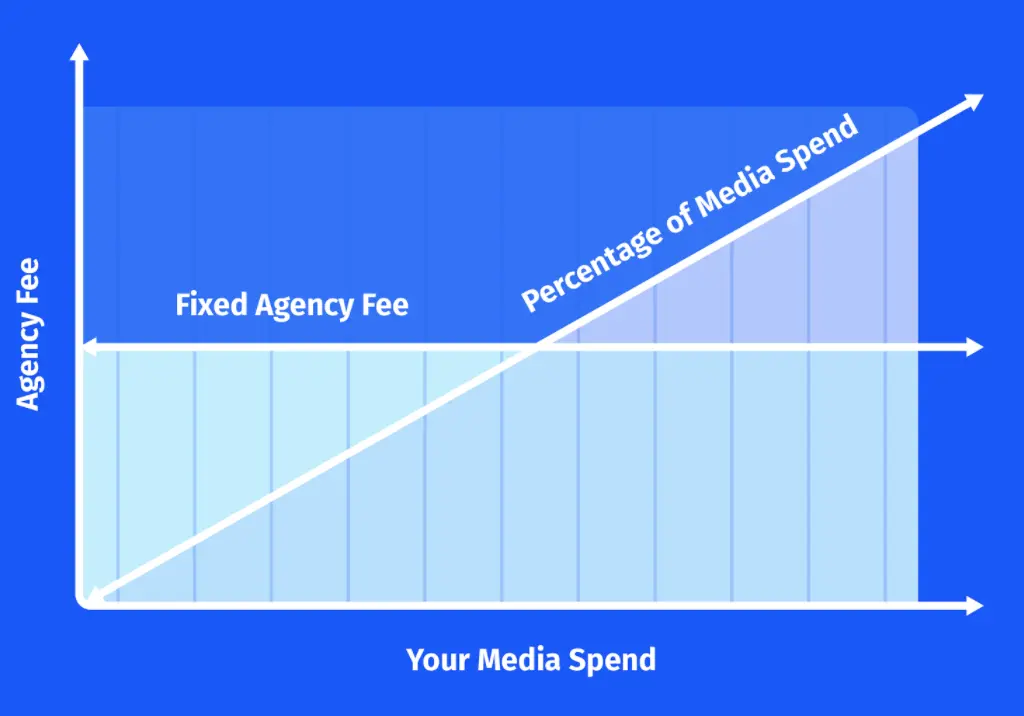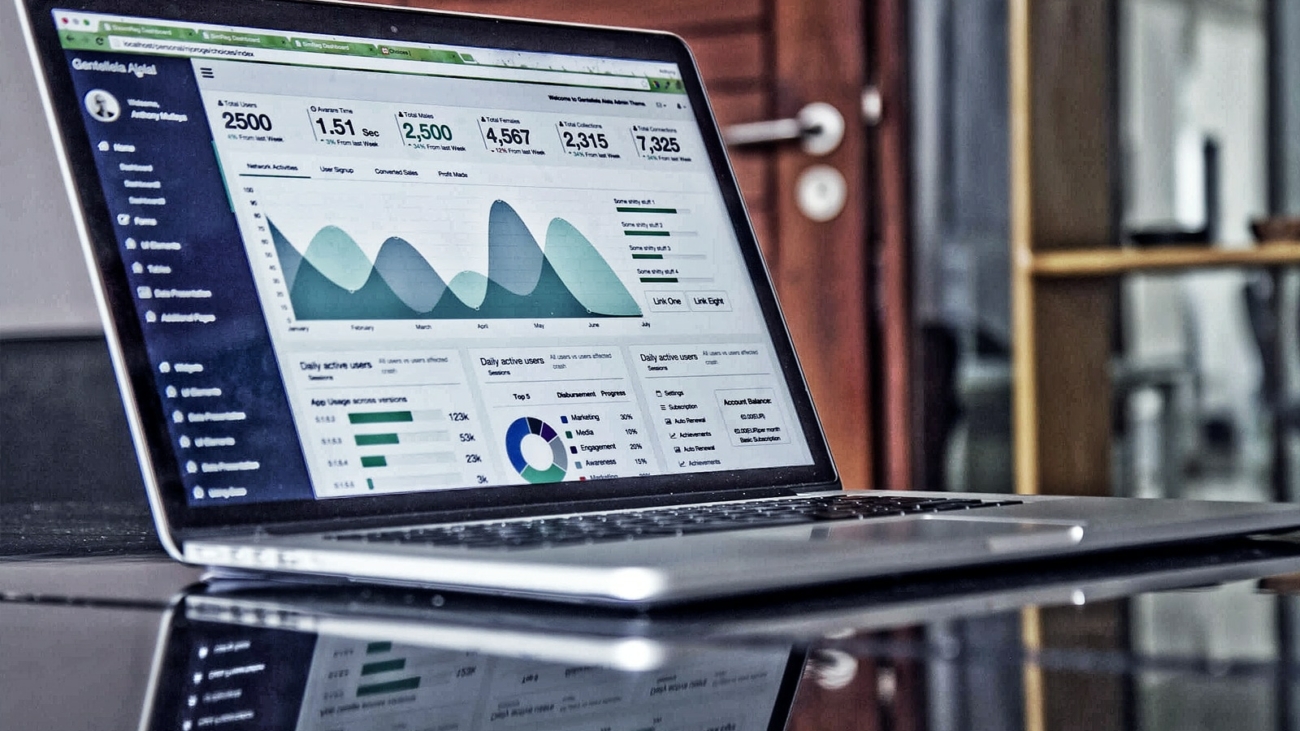How an agency structures its pricing and billing will impact how it operates and its incentives.
For clients, it will directly impact the way your campaigns are run and consequently, your success.
This article discusses common approaches to agency billing structures, including the advantages and disadvantage of each.
01. Billable Hours
Billable hours are the old school method of agency billing, i.e. track the internal head hours that are attributable to your campaign and then charge you accordingly.
This billing approach can ensure an agency’s profitability by ensuring that the agency is paid according to how their team are spending their time.
However, it can certainly have negative consequences for clients. Whilst you technically only pay for the time allocated to your account, this billing structure rewards an agency’s inefficiencies.
Effectively, the longer something takes to do, the more a client pays.
02. Percentage Of Media Spend
Percentage of media pricing means the more money that a client pays to the advertising platform (media spend), the more they pay an agency.
Whilst the percentage will vary widely across agencies and disciplines; generally, the agency fee is 10 – 15%
This model can be fair for both agency and client. Larger accounts require more work, which means the client will pay the agency accordingly.
However, as shown in the graphic below, there exists an inflection point where a client may pay an agency more every month, without the necessity of additional work.

Further, this can often incentivise an agency to make spend increase recommendations with the view to increase their fees.
However, it’s possible this approach may not be what is best for the company or campaign in terms of results or campaign efficiency.
03. Pay On Performance
‘Pay On Performance’ is an increasingly popular approach to agency billing, in which the agency is paid purely on the results they generate for a client.
These results might include a fixed fee per lead generated, ecommerce sale, or a revenue share approach. This model will vary across agencies; however, it certainly has the potential to reduce the risk of hiring an agency.
Sound too good to be true? It probably is.
There are several disadvantages to this approach.
Firstly, this approach can be more significantly more expensive for a business when compared to other pricing structures as agencies will often charge a premium for the risk they take on.
Secondly, this approach can often negatively impact an agency’s incentives. For example, in a pay per lead approach, the agency will strive to generate a high volume of cheaper leads, regardless of the lead quality that they generate.
04. Fixed Monthly Fees
Fixed monthly fee pricing is one of the most straightforward approaches to an agency fee structure, i.e. an agency provides a fixed monthly fee associated with a scope of work and the value it creates for the company.
Fixed monthly fees are often, but not always, provided exclusive of the variable cost of media spend (what you pay to an advertising platform such as Facebook).
Why Do Axis Social Use Fixed Monthly Fees?
Axis Social have adopted this pricing approach because it provides our clients with clarity around their monthly billing, i.e. they know what we will deliver every month and exactly how much they have to pay for it.
Further, it ensures that our incentives align with what’s best for our clients and their company. This agency fee structure does not financially incentivise the team in any of the following ways:
- To be inefficient with our time (unlike the billable hours model)
- To needlessly scale a client’s media spend (unlike the percentage of media model)
- To generate high volumes of lower quality leads (unlike the Pay On Performance model)
So what are our incentives?
A fixed agency fee structure incentivises us to generate tangible business results for our clients, in whatever form that may take.
In agency life, this could mean:
- Delivering assets or campaigns quickly and efficiently
- Scaling media spend up, down, left or right
- Generating a lower volume of higher quality leads
- Above all else, great results for a happy client
What Next?
Are you currently searching for an agency?
If so, I would strongly recommend you download our Free Buyer’s Guide, which covers the steps you need to follow to ensure you hire the right Facebook ads agency for your company.
Best of luck.










